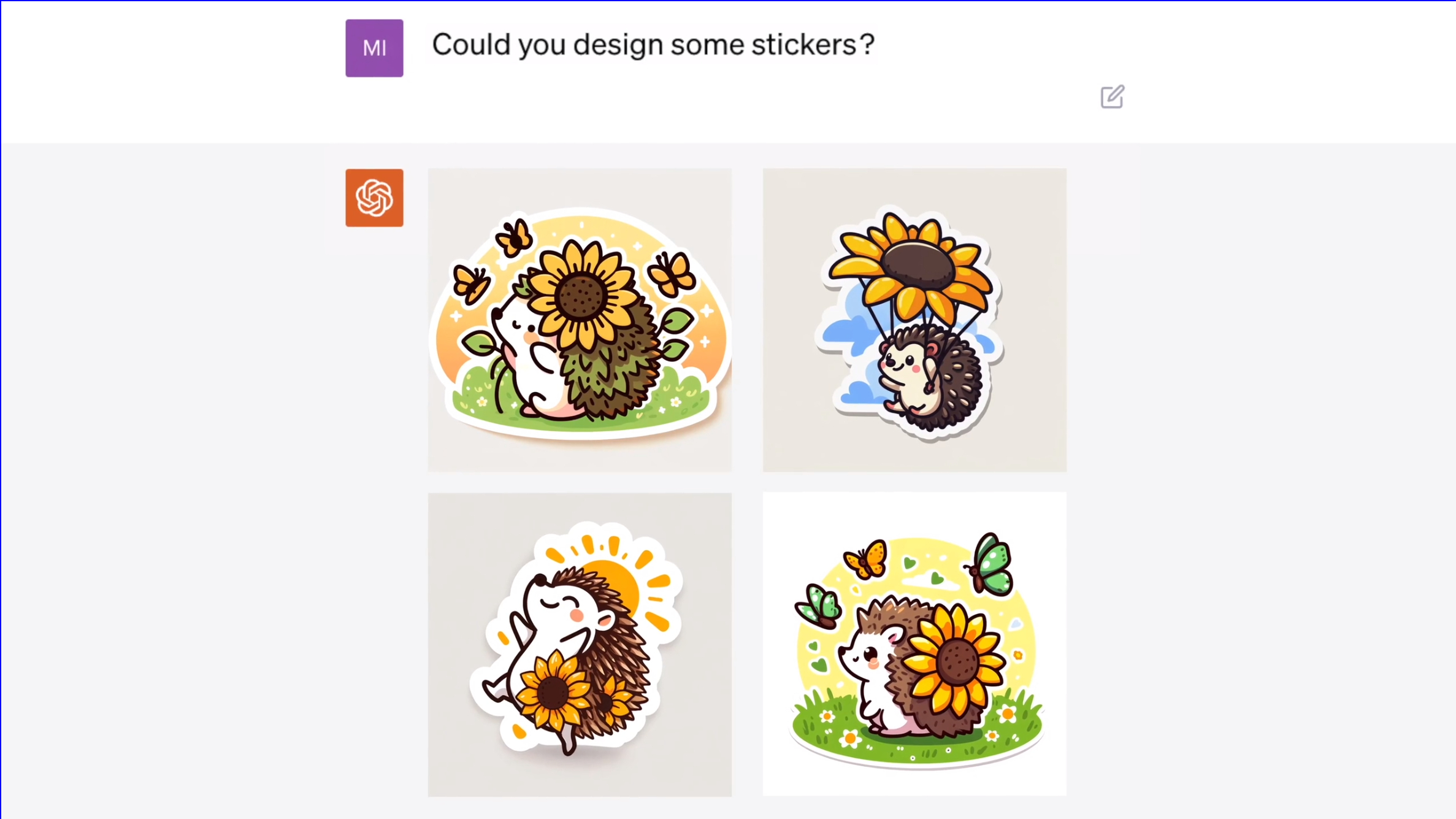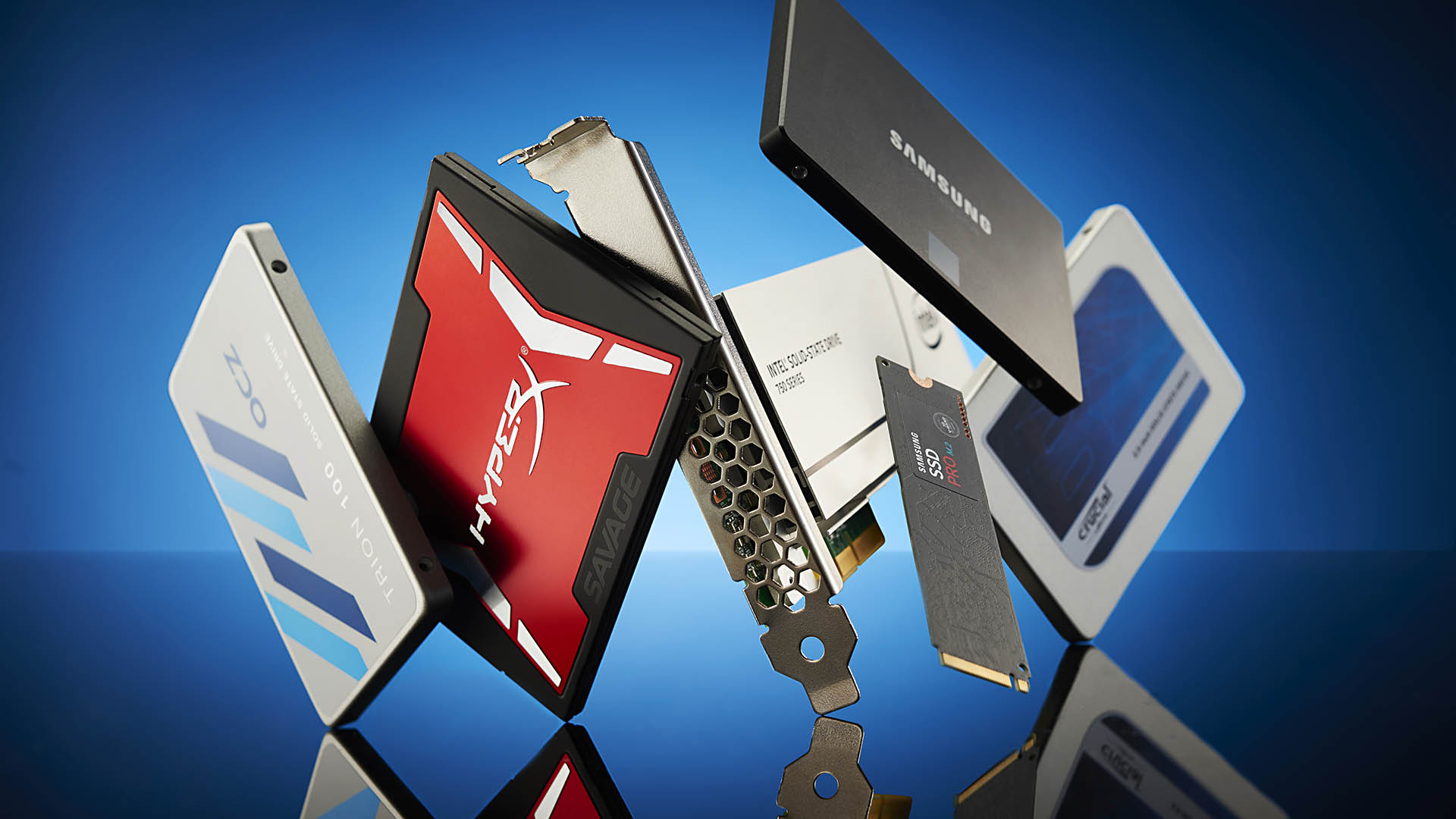OpenAI's new DALL-E 3 AI image generator isn't allowed to copy a living artist's style by name
Artists can also opt out of having their work used for training future AI models.
OpenAI has announced a new update to its image generation tool, DALL-E. DALL-E 3 promises to generate more accurate depictions from user prompts, which can also now be crafted with the help of ChatGPT.
DALL-E 3 has one main advantage over older versions of the AI image generator: OpenAI says it is a "leap forward" in understanding what a user wants from the language used in their prompt.
OpenAI says existing systems have "a tendency to ignore words or descriptions, forcing users to learn prompt engineering." DALL-E 3, it says, doesn't require this sort of engineering, making it more user-friendly. It also claims that, given the same prompt, DALL-E 3 will produce much better results than DALL-E 2.
Part of that upgrade is how DALL-E 3 utilises OpenAI's very popular chatbot, ChatGPT, to tailor prompts for a user. It will be possible to ask ChatGPT for help generating prompts from natural language, tweak those prompts, or generate new images that all follow a common theme.
In a video showing off the new image generation tool, OpenAI uses the prompt of a "super-duper sunflower hedgehog" in ChatGPT to generate images of a hedgehog for their daughter, the user confirms the one that they like and asks for more in that style. ChatGPT, using DALL-E 3, produces further images, stickers, and an illustrated bedtime story.

On the DALL-E 3 website, OpenAI reiterates that images generated through DALL-E 3 are the user's to own and do with what they like, even sell them. That touches on a sticky subject for AI image generation apps, which are built using training data from numerous sources. Sometimes this training data can use images covered under copyright, or can lead to a particular artist's style being replicated exactly, which has already led to copyright lawsuits. OpenAI doesn't share its training data, but nevertheless many artists more widely disagree with the use of AI image generation tools.
With DALL-E 3, OpenAI says it is attempting to soothe some of those complaints from artists: the company says DALL-E 3 is "designed to decline requests that ask for an image in the style of a living artist" and that artists can now opt out of future image generation training models. Why you have to opt-out of a service you didn't sign up to be a part of, I still don't fully comprehend.
Keep up to date with the most important stories and the best deals, as picked by the PC Gamer team.

Best SSD for gaming: The best speedy storage today.
Best NVMe SSD: Compact M.2 drives.
Best external hard drives: Huge capacities for less.
Best external SSDs: Plug-in storage upgrades.
DALL-E 3 will also decline requests asking for a public figure to be featured. Whether it will be easy to create an image in the style of an artist without naming them, I guess we'll find out soon enough.
OpenAI says it is working on a tool called a provenance classifier to check whether an image was generated by DALL-E 3 or not. That's one other arising issue of AI image generation, it's not always easy to see when an image has been generated by artificial intelligence—even if AI usually messes the hands up. Even Google admits it's a problem, and as worked to release AI watermarks for its own text-to-image model, Imagen.
DALL-E 3 will be first released for paid subscribers to OpenAI's services, ChatGPT Plus and Enterprise, in October. It's expected to get a wider public release at some point, though there's no official confirmation for when that might be.

Jacob earned his first byline writing for his own tech blog. From there, he graduated to professionally breaking things as hardware writer at PCGamesN, and would go on to run the team as hardware editor. He joined PC Gamer's top staff as senior hardware editor before becoming managing editor of the hardware team, and you'll now find him reporting on the latest developments in the technology and gaming industries and testing the newest PC components.

